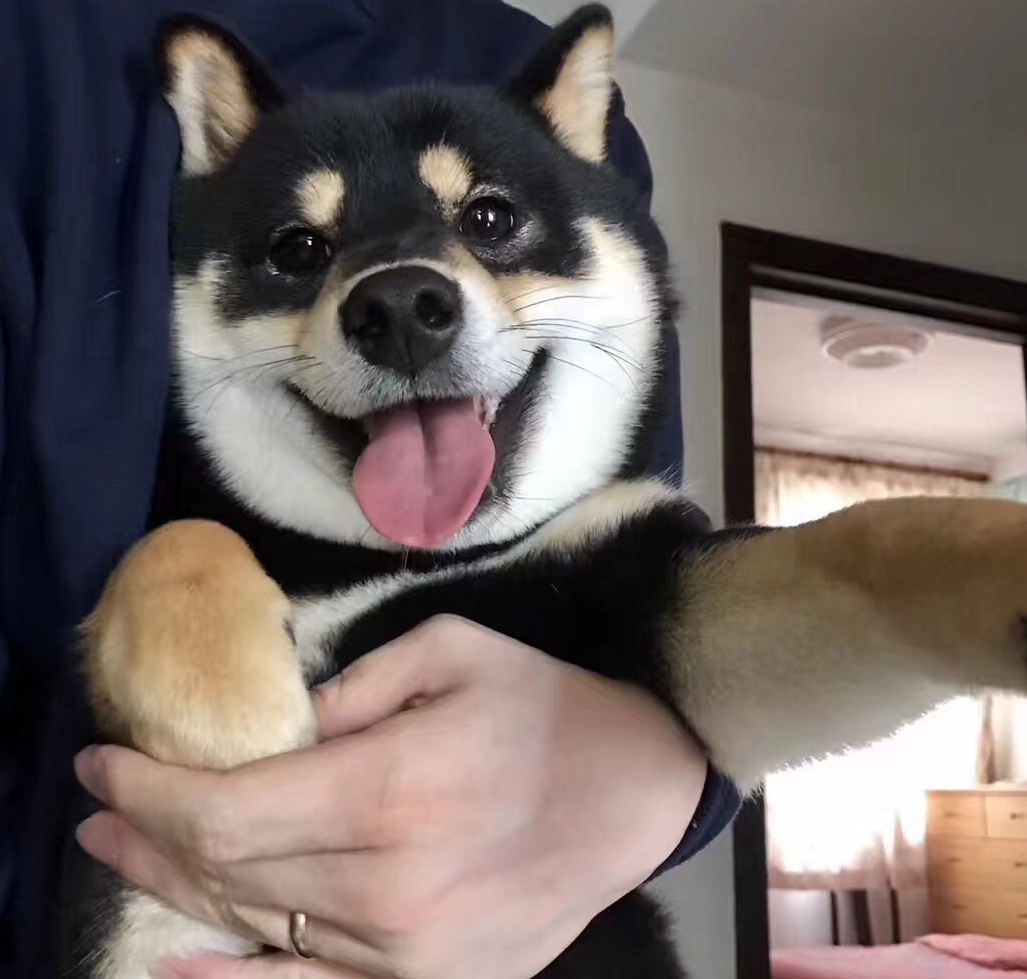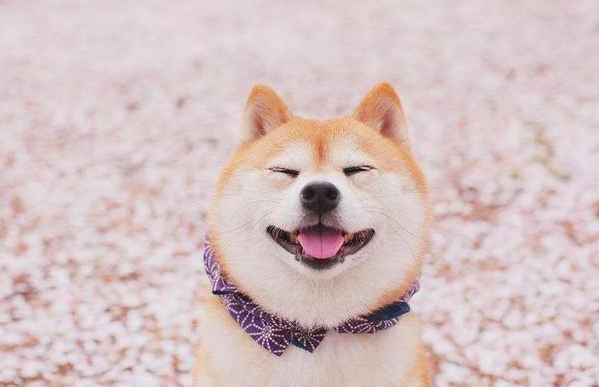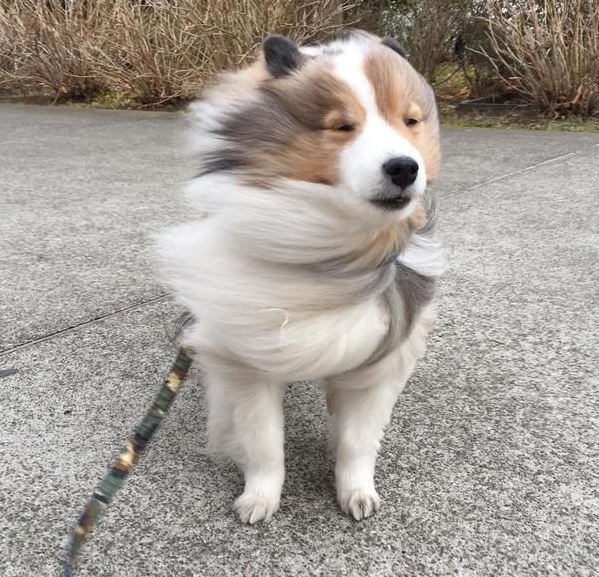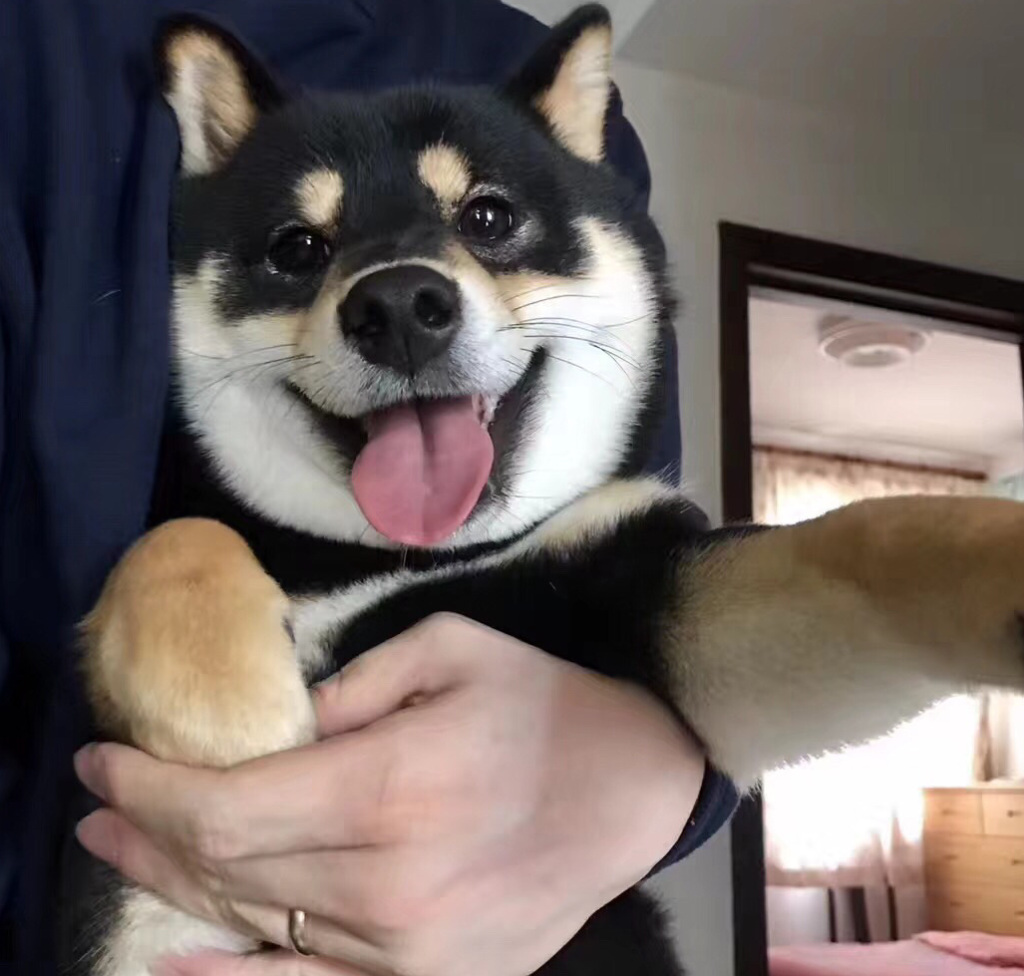Dogs have hierarchical habits
Dogs are pack-oriented by nature, but there is a clear hierarchy within the pack. In a dog breeding facility, rural or suburban pack, a single alpha dog (usually the older dog) always dominates and rules the pack. How does the higher ranking or senior alpha dog indicate its hierarchical superiority? Usually the following specific actions are used to show this: for example, allowing it but not the other dog to inspect its reproductive organs; not allowing the other dog to urinate where the other dog has urinated; the other dog can wag its head, wag its tail, be naughty, or retreat, sit or lie down in front of the alpha dog, and only stand when the alpha dog leaves; after the hierarchical dominance is clear, hostility is removed and the dog begins to become friends. The dog will show the same posture to its owner.
Dogs have the characteristic of living well with each other
Human interaction is a natural habit of dogs, but the degree to which it occurs often depends on the degree of “imprinting” of human contact at 3 to 7 weeks of age. If a dog spends the first two months of its life with its parents or other dogs, but not with people, or does not really get to know people, it will stay away from people for the rest of its life and will be difficult to train. If it is born with human affection, this makes it recognize people as friends, as partners with whom it can play, and is familiar with human scents, is amiable to people, and is easily trained. This is very important when selecting and training a dog, noting its imprinting stage.
Dogs have a sense of territory and territorial markings
Like other animals (e.g., felines, birds, and rodents), the dog has a sense of territory, centering on itself and marking out boundaries with its own scent, which is frequently updated. A territory can belong to only one or two dogs, or an entire pack. If a foreign dog enters a dog’s territory, it will act very cautiously. If the territorial owner (dog) comes, the intruder will not dare to look at it, pretend to be busy with other things to avoid fighting with the territorial dog, and then leave. So, how does a dog mark its territory? Usually it is fixed some points along its usual walking route. For example, when a male dog goes for a walk, he always urinates a small amount on a fixed tree trunk, under a street lamp or in a corner. One dog’s scent can let another dog know the dog’s territory, sex, age and health status. Interestingly, a small dog passing by a large dog’s territorial trail will try to raise its hind limbs to urinate to cover the trail left by the large dog. A large male dog will try to urinate in a lower than normal position to cover the trail left by the small dog when passing by the trail left by the small dog. However, a female dog’s sense of territory is not as pronounced as a male dog’s, and she only uses urine to mark the boundaries of her territory or to define her path during heat in order to tell the surrounding males that she is in heat. Normally, females are not as protective of their territory and their position in the pack as males are, and females only take care of their litters.

Dogs have the habit of sniffing external genitalia
The most important sense for dogs is smell. They can identify the sex, age, physical condition and attitude of the dog by sniffing each other’s external genital area, which best reflects emotion (the dermis glands in this area secrete odors that are very seductive to dogs). When two dogs sniff each other, they are expressing their attitude. An older dog or alpha dog has the right to inspect the external genitalia of a male, female, or puppy that is younger and second in status to him. There is a certain procedure when two dogs come into contact, i.e., first sniffing each other, then touching the shoulder coat, and finally examining the external genitalia. In addition to sniffing each other, both male and female dogs have the habit of frequently inspecting their external genitalia and carefully licking them with their tongues to keep them clean. This is a health care practice that should not be objected to or reprimanded. When a dog frequently sniffs his or her own iris, it can be assumed that the dog is experiencing discomfort and abnormal digestive function and should be promptly examined or treated.
Dogs have the habit of climbing across
Dogs of all ages and sexes engage in straddling behavior, but their purpose and performance are different. Puppies’ straddling is a sign of happiness and mischief, especially when the owner leaves for a period of time (such as going to work during the day and returning home from work in the evening), this action is often performed. This is a sign of happiness, but not of mating. There are two situations when adult males show straddling: one is to mate with a dog in heat; the other is an attempt to establish their dominance. Females usually only allow males to climb across when they are in orgasm, and even females not only rub their bodies against males and stand with their tails up in order to flirt, but the greatest stimulus is to climb across males, at which point mating should take place immediately.

Dogs have super senses
There are many indications that all animals transmit information telepathically, and this is especially true of dogs. The connection between dog and dog, human and dog, and dog and beast each has its own way of transmitting, either replacing information or refining sensory information. For example, dogs often treat cats in a hostile manner. Dogs are very jealous of cats, but through various human expressions and training, dogs can appreciate their owners’ love for cats and will live together in harmony. Typical examples of the dog’s extrasensory perception are: premonitions of earthquakes and volcanic eruptions, running and barking outside. It can also help the dog to recognize directions and find its way home from a long distance, even years apart. A trained dog is able to analyze the meaning of its owner’s command and perform well when performing a task without even waiting for the owner to finish a simple gesture or a sentence. This is an unexplained attraction between human and dog in joint activities – a super-sense related to the excellent dog training effect obtained by a good dog trainer.

